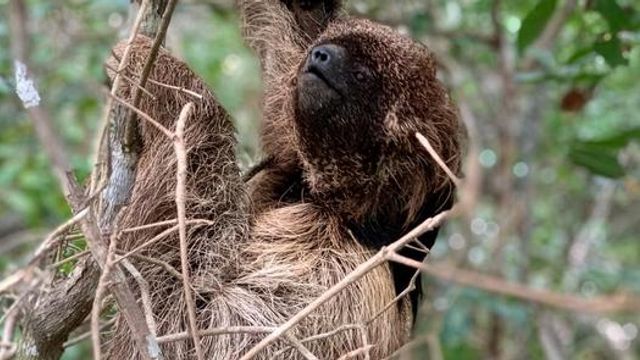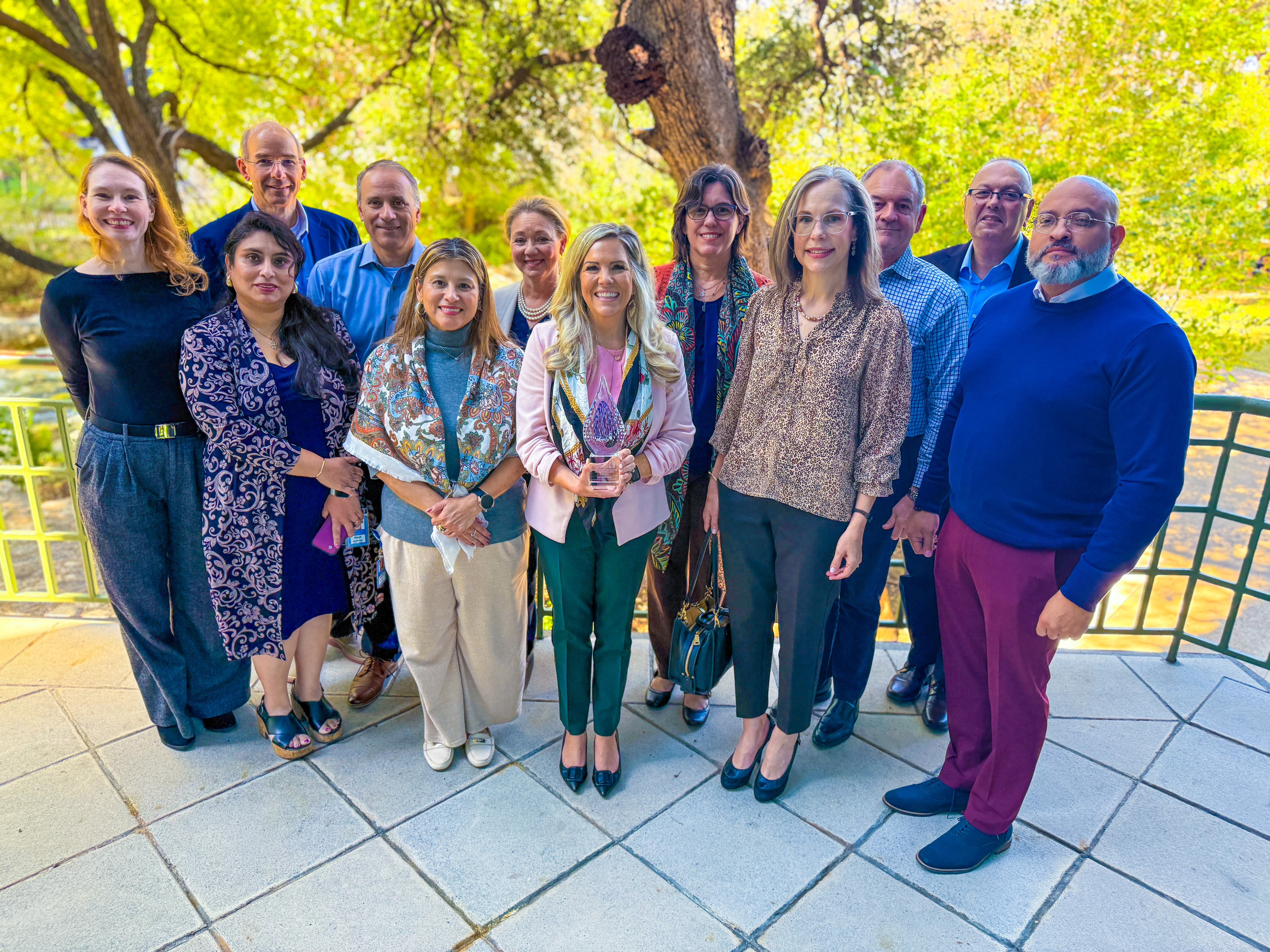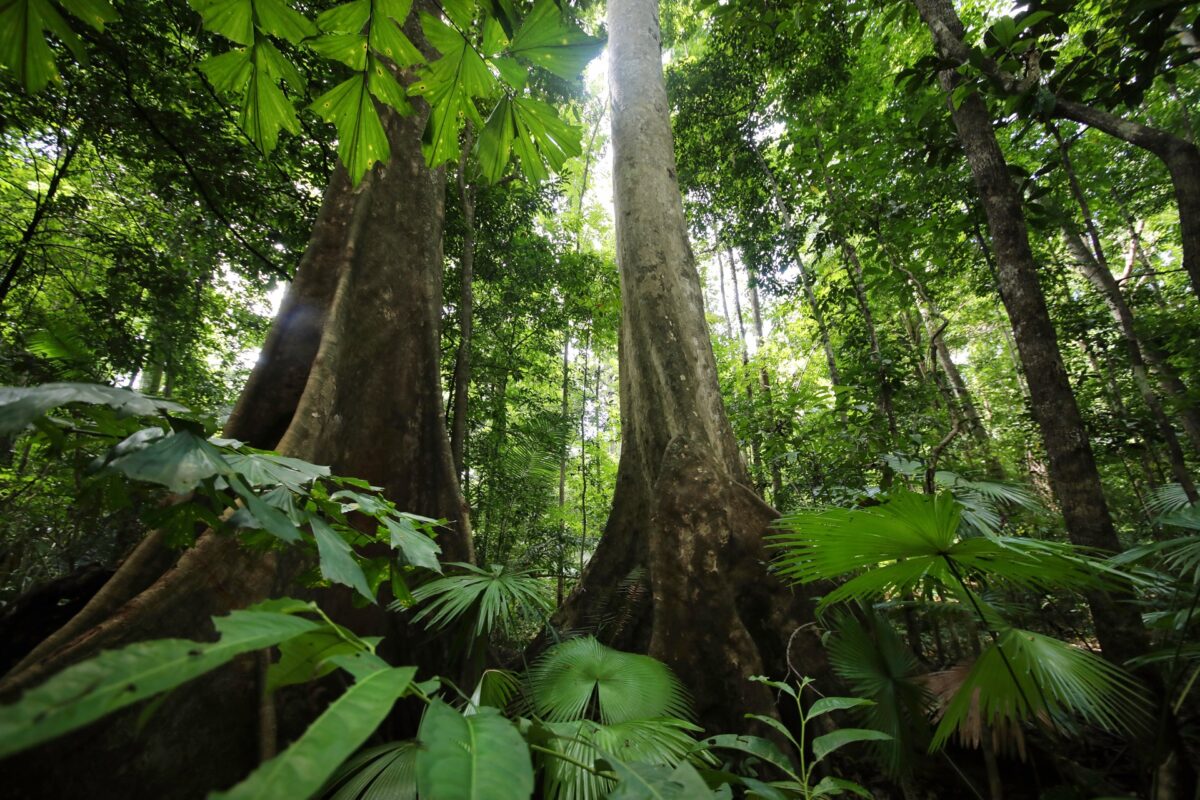Newly hired professor to implement digital technologies in wildfire recovery and rangeland restoration – University of Nevada, Reno

Report on New Faculty Appointment and Contribution to Sustainable Development Goals
Introduction: Appointment of Lucas Phipps
The University of Nevada, Reno’s College of Agriculture, Biotechnology & Natural Resources has appointed Lucas Phipps as Assistant Professor of Rangeland Ecology and Management. This appointment significantly enhances the institution’s capacity to address several United Nations Sustainable Development Goals (SDGs) through integrated research, education, and stakeholder collaboration. Mr. Phipps’ extensive experience in applied ecological science and land management directly aligns with global efforts to foster environmental sustainability and community resilience.
Alignment with Key Sustainable Development Goals
SDG 15: Life on Land
Mr. Phipps’ career is fundamentally centered on the principles of SDG 15, which aims to protect, restore, and promote the sustainable use of terrestrial ecosystems. His work directly contributes to the following targets:
- Halting Land Degradation: His research through the University’s Experiment Station will focus on land restoration and fire resilience, directly combating desertification and reversing land degradation across Nevada’s rangelands.
- Sustainable Management of Ecosystems: With a decade of experience in ecological consulting, his work has included rangeland inventories, post-fire rehabilitation, and biological assessments, promoting the sustainable management of vital ecosystems across the American West.
- Protecting Biodiversity: His background includes conducting rare plant surveys, a critical activity for halting biodiversity loss.
SDG 4: Quality Education
The appointment supports SDG 4 by ensuring inclusive and equitable quality education and promoting lifelong learning opportunities. Mr. Phipps will contribute by:
- Leading University Courses: He will teach degree-seeking students through hands-on, field-based courses in rangeland restoration ecology and vegetation monitoring, preparing the next generation of land stewards.
- Providing Professional Development: He has prior experience teaching professional development courses for the Rangeland & Fire Ecology Education Program, providing specialized training and credits to wildland firefighters.
SDG 13: Climate Action & SDG 11: Sustainable Cities and Communities
Mr. Phipps’ expertise in wildland fire sciences is crucial for climate adaptation strategies and building resilient communities.
- Climate Resilience: His research into fire resilience contributes directly to SDG 13 by strengthening the capacity of ecosystems and communities to adapt to the adverse impacts of climate change, such as increased wildfire frequency and intensity.
- Community Support: By supporting land stewards and the communities that depend on rangelands, his work aligns with SDG 11’s goal of making human settlements inclusive, safe, resilient, and sustainable.
SDG 17: Partnerships for the Goals
A core component of Mr. Phipps’ success has been his ability to forge multi-stakeholder partnerships, a key tenet of SDG 17. His career demonstrates a commitment to collaborative action through:
- Governmental Collaboration: He has secured over $600,000 in research funding and collaborated with federal agencies, including the Bureau of Land Management and the U.S. Fish and Wildlife Service.
- Support for Indigenous Communities: His work includes mapping for the Bureau of Indian Affairs and serving as an expert witness for the Department of Justice on Tribal water rights, demonstrating a partnership approach that respects and supports indigenous rights and knowledge, which also intersects with SDG 6: Clean Water and Sanitation.
Conclusion
The appointment of Lucas Phipps represents a strategic investment by the University of Nevada, Reno in advancing a sustainable future. His role integrates high-level research, practical education, and robust partnerships to address the interconnected challenges of land degradation, climate change, and community well-being. His work is poised to make substantial contributions to achieving SDGs 4, 11, 13, 15, and 17, reinforcing the university’s mission as a land-grant institution committed to ecological resilience and sustainable land stewardship.
Which SDGs are addressed or connected to the issues highlighted in the article?
Explanation:
The article discusses work in rangeland ecology, land restoration, fire science, education, and collaborative research. These activities directly connect to several Sustainable Development Goals focused on environmental protection, climate resilience, education, and partnerships.
- SDG 4: Quality Education
- SDG 13: Climate Action
- SDG 15: Life on Land
- SDG 17: Partnerships for the Goals
What specific targets under those SDGs can be identified based on the article’s content?
Explanation:
The article’s focus on ecological restoration, fire resilience, specialized education, and multi-agency collaboration allows for the identification of specific targets within the broader SDGs. The work described aligns with goals for restoring ecosystems, strengthening resilience to natural disasters, providing relevant skills through education, and fostering partnerships.
- SDG 4: Quality Education
- Target 4.4: By 2030, substantially increase the number of youth and adults who have relevant skills, including technical and vocational skills, for employment, decent jobs and entrepreneurship. This is addressed through Phipps teaching “degree-seeking students” and “professional development courses for wildland firefighters,” equipping them with specialized skills in rangeland management.
- Target 4.7: By 2030, ensure that all learners acquire the knowledge and skills needed to promote sustainable development. The article highlights that Phipps will “help guide students who are passionate about land stewardship and ecological resilience” through courses like “rangeland restoration ecology,” directly providing education for sustainable development.
- SDG 13: Climate Action
- Target 13.1: Strengthen resilience and adaptive capacity to climate-related hazards and natural disasters in all countries. The focus on “wildland fire sciences,” “fire resilience,” and “post-fire rehabilitation” directly addresses the need to manage and adapt to natural disasters like wildfires, which are often exacerbated by climate change.
- SDG 15: Life on Land
- Target 15.3: By 2030, combat desertification, restore degraded land and soil… and strive to achieve a land degradation-neutral world. Phipps’ work in “ecological restoration,” “land restoration,” and “post-fire rehabilitation” directly contributes to this target by actively restoring degraded rangelands.
- Target 15.5: Take urgent and significant action to reduce the degradation of natural habitats, halt the loss of biodiversity and… protect and prevent the extinction of threatened species. This is supported by activities mentioned in the article, such as conducting “biological assessments” and “rare plant surveys.”
- SDG 17: Partnerships for the Goals
- Target 17.16: Enhance the global partnership for sustainable development, complemented by multi-stakeholder partnerships that mobilize and share knowledge, expertise, technology and financial resources. The article explicitly mentions “collaborations with agencies such as the Bureau of Land Management and U.S. Fish and Wildlife Service” and “stakeholder engagement” as core components of the work.
Are there any indicators mentioned or implied in the article that can be used to measure progress towards the identified targets?
Explanation:
While the article does not list official SDG indicators, it contains specific activities and metrics that can serve as practical, implied indicators to measure progress. These include the number of people trained, the scale of collaborative projects, and the types of ecological assessments being performed.
- For Target 4.4 & 4.7 (Quality Education):
- Implied Indicator: Number of students and professionals trained in sustainable land management and fire ecology. The article refers to Phipps teaching “degree-seeking students” and providing “professional development courses for wildland firefighters,” the enrollment in which could be tracked.
- For Target 13.1 (Climate Action):
- Implied Indicator: Number of research and educational programs focused on fire resilience. The existence of the “Rangeland & Fire Ecology Education Program” and research conducted to support “fire resilience across Nevada’s rangelands” are measurable outputs.
- For Target 15.3 (Life on Land):
- Implied Indicator: Implementation of land restoration and rehabilitation projects. The article mentions specific work on “post-fire rehabilitation” and “ecological restoration,” which can be quantified by area or number of projects.
- For Target 15.5 (Life on Land):
- Implied Indicator: Number of biodiversity assessments conducted. The mention of conducting “biological assessments” and “rare plant surveys” serves as a direct indicator of efforts to monitor and protect biodiversity.
- For Target 17.16 (Partnerships for the Goals):
- Implied Indicator: Number and value of collaborative research projects. The article quantifies this with “a growing portfolio of more than $600,000 in research funding” and lists “collaborations with agencies such as the Bureau of Land Management and U.S. Fish and Wildlife Service.”
SDGs, Targets, and Indicators Analysis
| SDGs | Targets | Indicators (Mentioned or Implied in the Article) |
|---|---|---|
| SDG 4: Quality Education | 4.4: Increase the number of youth and adults with relevant skills for employment.
4.7: Ensure all learners acquire knowledge and skills for sustainable development. |
Number of “degree-seeking students” and “wildland firefighters” participating in courses on rangeland ecology, restoration, and fire science. |
| SDG 13: Climate Action | 13.1: Strengthen resilience and adaptive capacity to climate-related hazards and natural disasters. | Number of research projects and educational programs focused on “fire resilience” and “post-fire rehabilitation.” |
| SDG 15: Life on Land | 15.3: Combat desertification, restore degraded land and soil.
15.5: Reduce the degradation of natural habitats and halt biodiversity loss. |
Number and scale of “ecological restoration” and “land restoration” projects.
Number of “biological assessments” and “rare plant surveys” conducted. |
| SDG 17: Partnerships for the Goals | 17.16: Enhance multi-stakeholder partnerships that mobilize and share knowledge and expertise. | Number of “collaborations with agencies” (e.g., Bureau of Land Management, U.S. Fish and Wildlife Service).
Amount of research funding (“more than $600,000”) secured through partnerships. |
Source: unr.edu

What is Your Reaction?
 Like
0
Like
0
 Dislike
0
Dislike
0
 Love
0
Love
0
 Funny
0
Funny
0
 Angry
0
Angry
0
 Sad
0
Sad
0
 Wow
0
Wow
0










































































